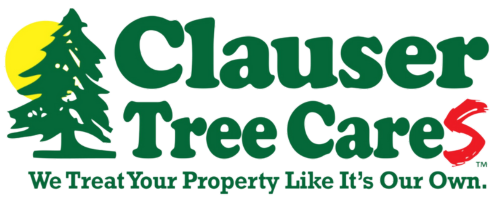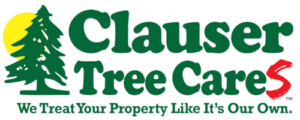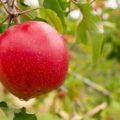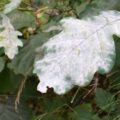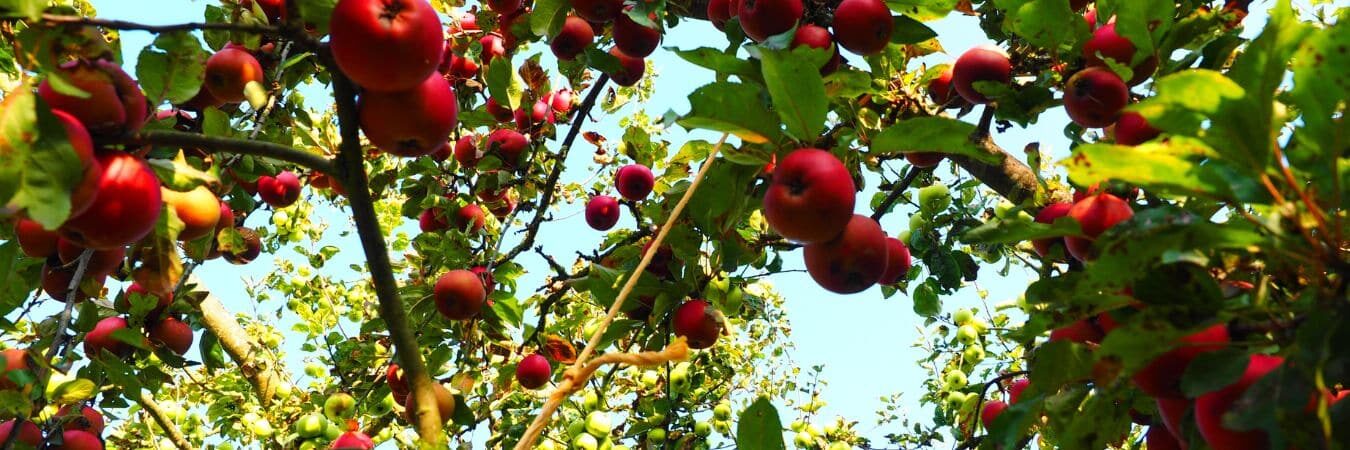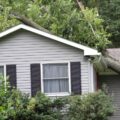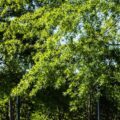Anthracnose is one of many diseases trees homeowners in Montgomery County and Bucks County, Pennsylvania, have to deal with. While the disease is not normally fatal to your trees, it will leave them stressed, with brown, spotty and curled leaves (and, in severe cases, no leaves at all), leaving your trees susceptible to further problems. The best way to prevent anthracnose is to follow proper tree care practices that keep your trees strong and more resistant to infection.
In this article, we’ll look at how to spot anthracnose, when the disease spreads, how to prevent anthracnose from infecting your trees, and what to do if it shows up on your trees.
PRO TIP: Want to stay current on other common tree diseases in our area? We have plenty of articles dealing with common diseases for homeowners to know, including:
Key Takeaways
- Anthracnose is a family of related fungal diseases that cause aesthetic damage and premature leaf drop in most deciduous hardwood trees.
- Symptoms include brown leaves, early leaf drop, cupped leaves, dead areas around leaf veins, and small orange blisters on twigs.
- Anthracnose spreads when the average daily temperature is between 50 and 55 degrees Fahrenheit.
- Prevention methods include using fungicides, keeping trees properly pruned and healthy, and planting disease-resistant trees and cultivars.
- Anthracnose is not a fatal disease and may not require action unless the infection is severe and recurs each year.
Understanding the Basics of Anthracnose
Anthracnose is not a singular disease but a generic name covering fungal infections from many related fungi. Each fungus typically only targets one tree species and will not infect other species. Anthracnose is not fatal in almost all cases, but it may kill buds, cause premature leaf drop, and leave trees aesthetically unpleasing.
Common Pennsylvania Trees Targeted by Anthracnose
The disease behaves slightly differently between tree species, but many symptoms and treatment options are the same. Anthracnose targets many of the common deciduous trees we have in eastern Pennsylvania, including:
- Ash (Fraxinus spp.)
- Dogwood (Cornus spp.)
- Oak (Quercus spp.)
- American Sycamore (Platanus occidentalis)
- Maple (Acer spp.)
- Walnut (Juglans spp.)
- Birch (Betula spp.)
- Elm (Ulmus spp.)
How Anthracnose Spreads
The fungal spores that cause anthracnose survive the winter by remaining in bud cankers, fallen leaves, petioles (the stem connecting branches and leaves), or twigs (depending on which tree and fungi) to wait out the cold.
Once the weather warms up slightly, the fungal spores are carried to neighboring trees by splashing water or wind. The fungal spores enter a new growth phase and form leaf spots, producing more spores and perpetuating the cycle.
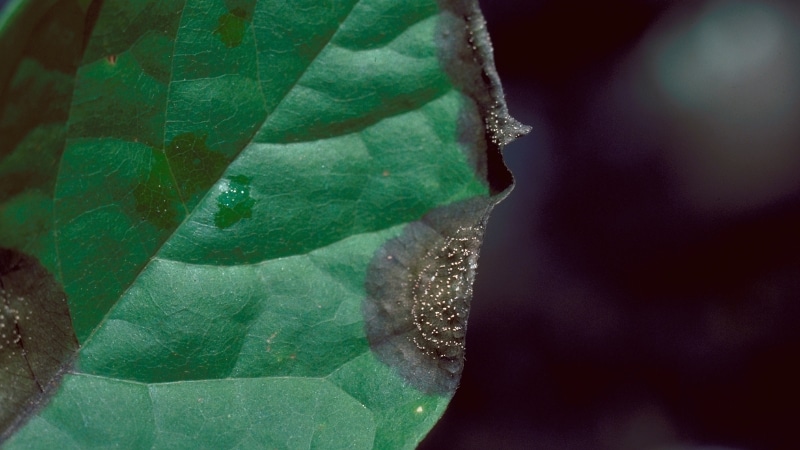
Symptoms of Anthracnose in Trees
Symptoms will be slightly different between species. However, there are some general signs you can look for that likely signal an anthracnose infection.
The leaves are one of the first places where visible symptoms occur. Typical symptoms include:
- Irregularly-shaped tan or brown blotches on young leaves.
- Cupped, curled, or otherwise distorted leaves.
- Dead areas on the leaf veins. You may also notice dead blotches between the leaf veins.
- Early leaf drop. Often, when premature leaf drop happens in spring, the tree will produce a second growth in the summer.
- Mature leaves may demonstrate brown blotches but no curling. Minor wounds from insect feeding often appear on these leaves.
Some fungi that cause anthracnose may leave signs of infection on twigs, typically seen on oak and hop hornbeam or ironwood (Ostrya virginiana) trees. Look for small orange blisters or a brown ring around a newly developed twig.
PRO TIP: The lower portions of the canopy are most likely to show symptoms before the higher parts.
Timing: When Anthracnose Infects Trees
In Pennsylvania, anthracnose favors cool and wet weather, typical of spring weather. Anthracnose on trees spreads best when the average daily temperature is between 50 and 55 degrees Fahrenheit. We calculate the average daily temperature by adding the maximum and minimum temperatures on a given day and dividing the result by two.
Anthracnose also spreads best when the weather is wet, though arborists believe temperatures are the most important factor.
By the summer, anthracnose spread will cease, barring an unseasonably cold season.
In Bucks County, you should expect to see the disease begin to spread by April, as this month historically has average daily temperatures between 50 and 55 degrees. April also sees plenty of rain in the county, with many years measuring above four inches of rain.
In Montgomery County, conditions are similar, with the average amount of precipitation and spring temperatures encourage anthracnose spread.
How to Prevent Anthracnose in Pennsylvania Trees
Preventing anthracnose is mostly about cultural controls. While it may not be most people’s favorite activity, preventive care for your trees will leave them healthy and thanking you.
Keep Trees Unstressed and Healthy to Avoid Anthracnose Infection
Trees, in some ways, are like human bodies: they can better resist injury and illness when in good condition and unstressed. Trees become stressed for numerous reasons, such as water or nutrient deficiencies, external trunk or root damage, and over-mulching. Here are three simple things you can do to keep your trees healthy:
- Water your tree properly by soaking the area under the canopy. Avoid watering the trunk of the tree or the leaves, as wet leaves can be a breeding ground for anthracnose.
- A two- to four-inch layer of mulch will limit the splashing water that spreads anthracnose and provide a natural area for your tree to grow.
- If a test reveals a nutrient deficiency in the soil, apply a customized fertilizer blend to correct deficiencies and improve tree vigor.
WARNING: Do not fertilize trees during droughts, as the tree cannot properly use nutrients without water. Fertilizing a water-starved tree will lead to more stress and root damage.
Choose Anthracnose-Resistant Species and Cultivars When Planting Trees
Some trees are more resistant to anthracnose than others, although no tree is immune to anthracnose. Some of the disease-resistant trees you should consider planting to lower the risk of anthracnose are:
- Red oaks (Quercus rubra) instead of white oaks (Q. alba)
- Dogwoods like the Cornelian-cherry dogwood (Cornus mas) or Tartarian dogwood (C. alba).
- Ash cultivars ‘Moraine’ and ‘Raywood’
- Silver maple (Acer saccharinum)
- Sycamore cultivars like ‘Bloodgood’, ‘Columbia’, and ‘Liberty’
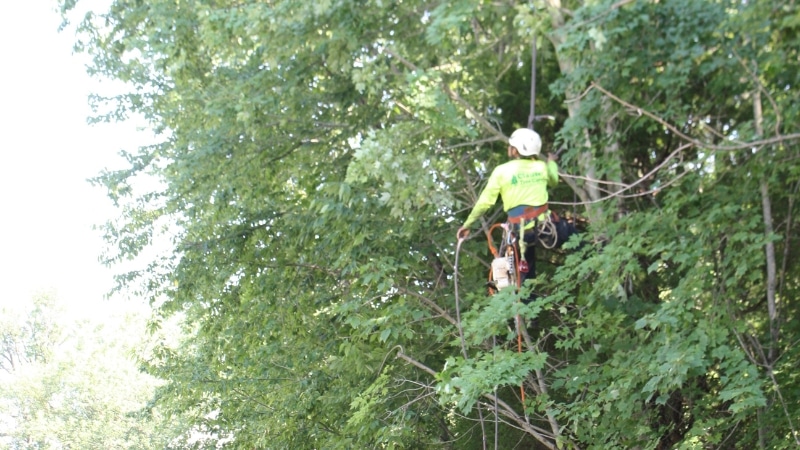
Pruning Trees Will Lower the Chance of Anthracnose Spread
Regularly pruning trees increases airflow and light penetration, lowering the chance of water buildup and decreasing the risk of anthracnose. Avoid pruning at the wrong time, as this will open your tree up to other diseases.
Prune any anthracnose-infected twigs or branches back to healthy wood, and isolate infected material before disposing of it. Collect fallen leaves near trees with low-hanging branches and destroy them to limit the spread of fungal spores. Do not add diseased leaves to your compost pile or bin.
Preventive Fungicides Can Lower the Risk of Anthracnose Infection
An arborist may recommend a preventive fungicide treatment for trees that have suffered from anthracnose over multiple seasons. The fungicide must be applied before anthracnose symptoms appear, typically at bud break.
An arborist will spray weekly or biweekly until the average daily temperature is above 60 degrees Fahrenheit.
You May Not Need to Treat Anthracnose in Trees in Pennsylvania
While anthracnose does harm a tree, the disease will likely not be life-threatening. The leaf spotting and distortion will not have any long-term effects on the trees, and they should be able to deal with the minor stress and fully recover. Trees will typically replace any premature leaf drop in the summer.
Consult an arborist to determine if your trees need further action to recover from anthracnose. After several years of spring defoliation, some trees may become stressed by the extra energy expenditure needed to regrow leaves each summer, leaving them vulnerable to insect pests and other diseases. An arborist will typically suggest preventive treatment if your trees have a severe case of anthracnose or if it has been a constant problem for years.
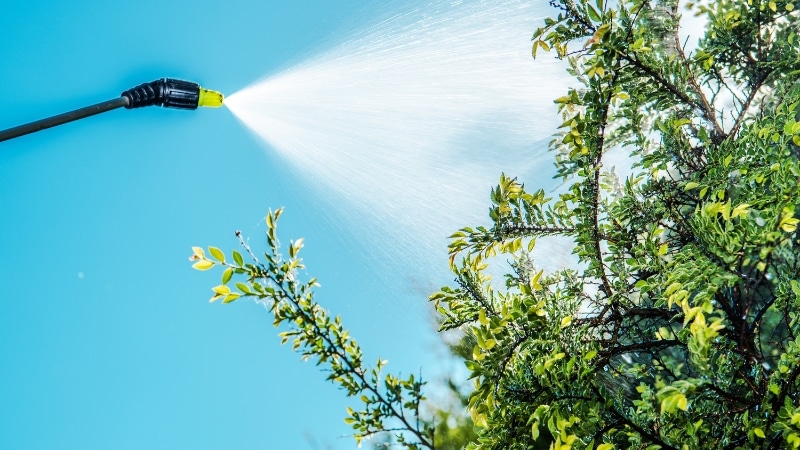
Clauser Tree Can Help Prevent Anthracnose from Infecting Your Trees
Anthracnose is a nuisance to your trees, but it is not fatal. Proper prevention techniques like keeping trees unstressed and properly pruned, using preventive fungicides, and planting anthracnose-resistant tree species and cultivars will limit the risk of your trees becoming infected. In most cases, you can ignore minor outbreaks unless the aesthetic damage bothers you.
However, if you have a tree that’s been defoliated by anthracnose for several years, it may be time for professional assistance. The arborists at Clauser Tree Care would love to help! Contact the Clauser Tree Care team at 215-542-8291 or request a quote online and let us get your trees healthy and free of anthracnose.
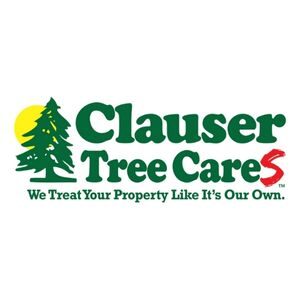
About Clauser Tree Care
From who you talk to on the phone in our office, to our courteous and experienced work crews who provide your service, all of the hard-working team members at Clauser Tree Care strive for complete client satisfaction. Our job is simply not done until you are pleased with the experience that you have had working with our company. Founded more than 25 years ago on the principles of honest work and arboricultural best practices, we strive for a higher standard of care for a greener future.
